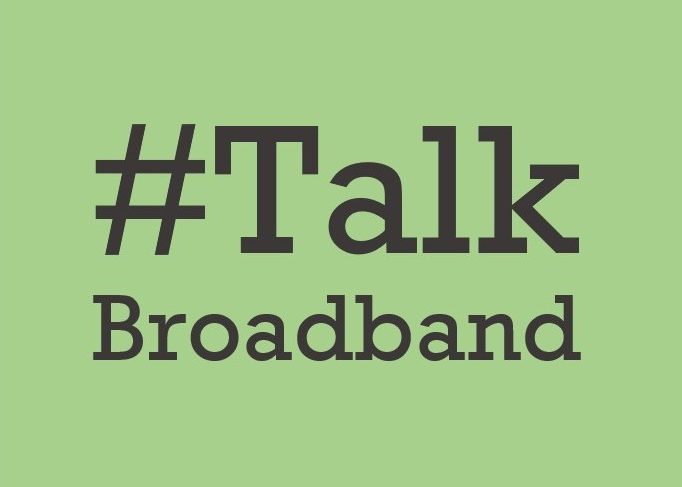
Dear Editor,
The commentary published on March 30, “An unrepresentative survey,” fails to take into account important details of the public opinion research on telecom services. As a result, claiming that the study “missed speaking to Canadians who don’t have home Internet” could not be further from the truth.
Our objective was to hear from a broad diversity of Canadians, including those in rural or remote areas who have limited or no access to broadband Internet services. The survey was designed using a methodology that is recognized as an industry best practice. It included a representative sample of 1,666 Canadians 18 years of age or older, some of which were reached by telephone (including mobile phones) since they do not have Internet access at home.
The survey found that 11% of Canadians do not have access to home Internet services:
- 2% reported “no home Internet”
- the 4% who reported “home telephone only” also did not have home Internet
- a percentage of the 20% that reported “no home telephone” did not have home Internet (i.e., 3% overall), and
- a percentage of the 17% that reported “home Internet and telephone, mobile (no data)” did not have home Internet (i.e., 2% overall).
In his commentary, Mr. Goldberg cites data from the CRTC’s 2015 Communications Monitoring Report. It is important to remember that this data was obtained directly from Internet service providers and reflects their serving areas at the end of 2014. We know that broadband rollout has continued in the intervening two years, and that more Canadians now have access to this service.
To supplement this quantitative data, EKOS Research Associates held focus groups with Canadians in communities across the country. These communities were specifically chosen because we know that residents have limited or no access to broadband Internet. The focus groups were held in: Tofino, B.C.; Slave Lake, Alberta; Kirkland Lake, Ontario; Mont Tremblant, Quebec; and Guysborough Nova Scotia. An additional session was held with 10 students who are residents of communities in Nunavut and who are enrolled in a college program in Ottawa.
Parties will have an opportunity to comment on the report’s findings during the public hearing starting on April 11th. Canadians who are not parties to the hearing will be able to provide comments through an online discussion forum, which will also become part of the public record.
As an administrative tribunal, the CRTC relies on evidence placed on the public record to make informed decisions. The benefit of an open and transparent proceeding is that it provides parties and Commissioners an opportunity to test evidence and challenge views.
Throughout our consultation, Canadians from all walks of life have shown that they are passionate about the future of broadband services. We look forward to the discussions that will take place at the hearing, both in the hearing room and on our discussion forum.
We would welcome the opportunity to validate the factual accuracy of commentaries in your future publications.
Chris Seidl, executive director, telecommunications, CRTC




